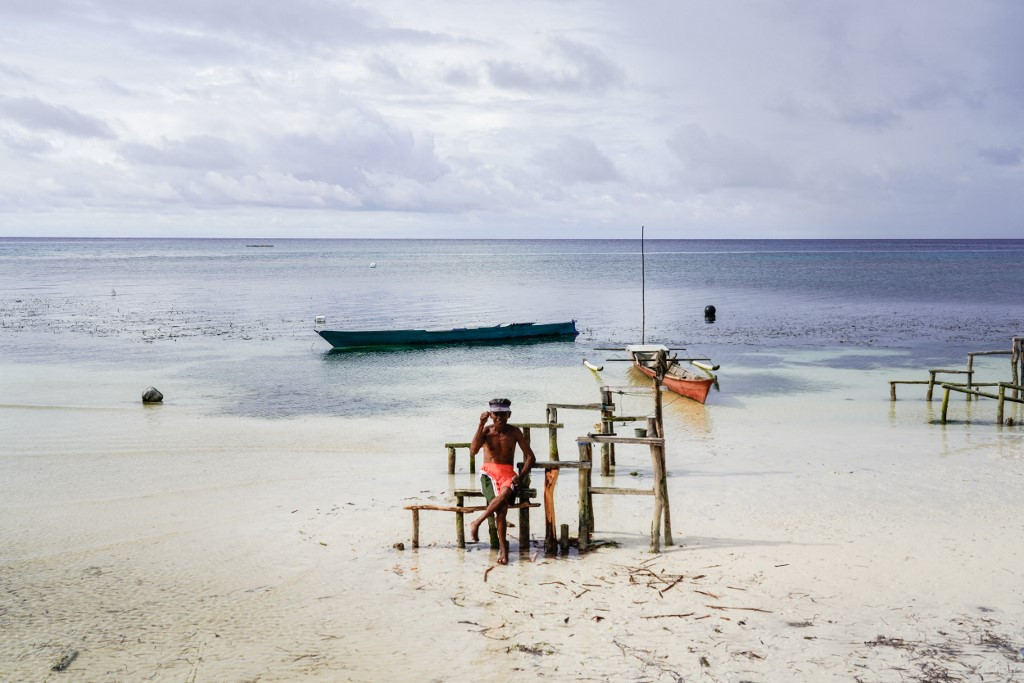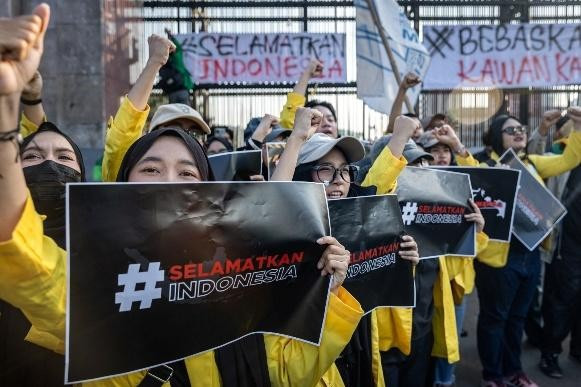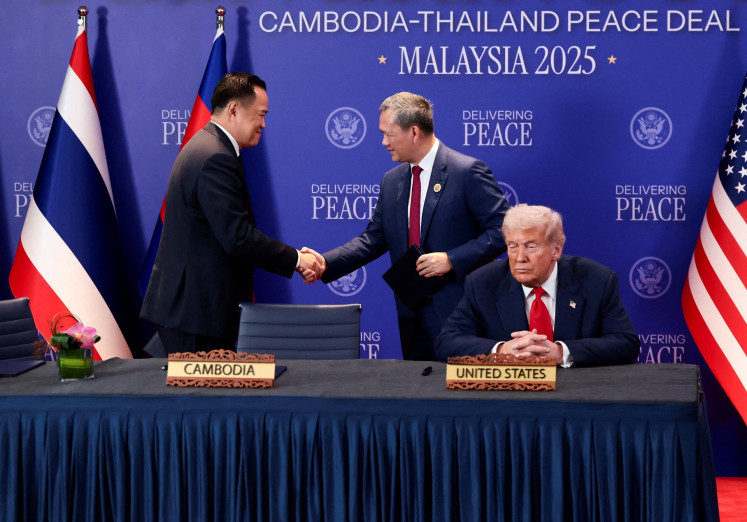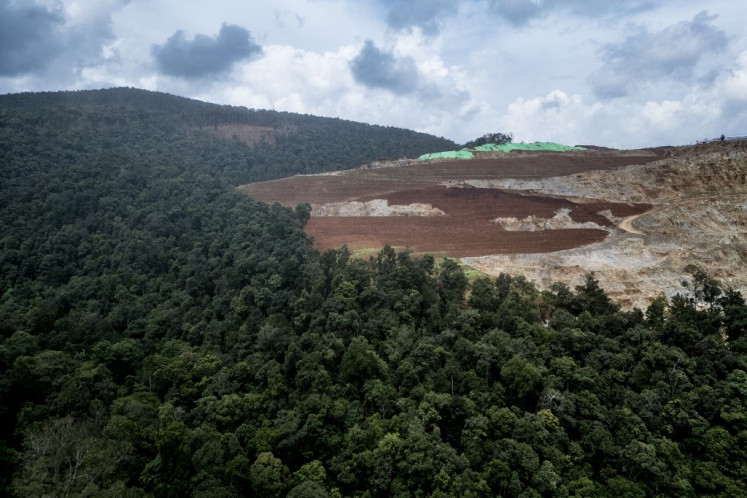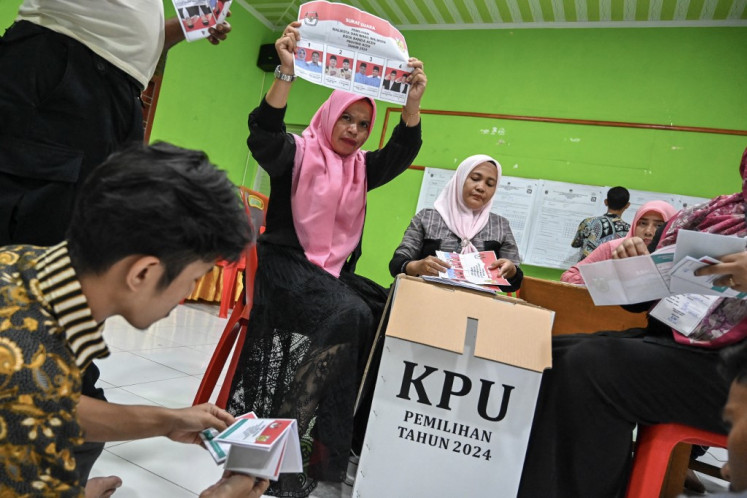Popular Reads
Top Results
Can't find what you're looking for?
View all search resultsPopular Reads
Top Results
Can't find what you're looking for?
View all search resultsLocal lingos lack lifeline
Several languages, particularly in the eastern regions, including Papua, Maluku and North Maluku, are on the brink of extinction.
Change text size
Gift Premium Articles
to Anyone
W
e deplore President Prabowo Subianto’s recent utterance of ndhasmu as much as the next Javanese guy. The Javanese phrase, literally meaning “your head” is highly derogatory as the head is considered sacred. For the Javanese people, it would be jarring to hear the phrase in any formal setting, let alone coming from a president.
But the fact that President Prabowo used that phrase at the 17th anniversary party of his Gerindra Party, of which he is the chairman, to a crowd that included his cabinet and high-level party officials from his governing coalition, means that for him, there was just a certain level of intensity and intention that couldn’t be expressed in any other way, no matter how distasteful it was.
Indonesia has a bewildering diversity of linguistic wealth, and Javanese is just one of many hundreds of local languages. According to data from the Elementary and Secondary Education Ministry's Language Development Agency, the country is home to 718 regional languages and 778 dialects spoken by hundreds of ethnicities spread across thousands of islands in our archipelago.
A few local languages are alive and well due to several factors, including the sheer number of speakers. But the case is different for local languages spoken by smaller groups. They are grappling for survival under the pressure of the national language, Indonesian, as well as global languages such as English, Arabic, Mandarin and, these days, Korean and Japanese.
Indonesia’s Jakarta-centric pop culture has also propelled Jakarta-dialect Indonesian as a dominant force among youngsters across the archipelago for decades now thanks to round-the-clock radio, TV and, after the turn of the century, internet content broadcast. Just listen to any DJ of any top-40 radio station in non-major Indonesian cities for proof.
This is not to mention the proliferating practice of language mixing. A variant of the heavy mix of Jakarta-dialect and English (comparable to Singlish) even has its own definitely unofficial semi-pejorative name: Jaksel, short for Jakarta Selatan or South Jakarta, which, according to netizens is supposedly a more affluent district of the capital.
Several languages, particularly in the eastern regions, including Papua, Maluku and North Maluku, are on the brink of extinction. Government data has revealed that 11 native languages have already disappeared, and 26 more are currently endangered.
In an attempt to protect linguistic diversity, the government is set to revitalize 120 native languages in 2025 through the regional language revitalization program. Launched in 2021, the program began in West Java, Central Java and South Sulawesi as a pilot project. As of last year, it has expanded to all provinces, covering a total of 144 languages.
The government has also developed a five-year roadmap to preserve linguistic heritage. The plan includes focusing on mother tongue-based education through a multilingual curriculum, as well as using digital platforms such as social media and podcasts to promote local languages among young people.
We commend the efforts, but they are far from enough.
More than just a decreasing cultural richness, there is the risk of this nation losing important indigenous, oftentimes site-specific, knowledge and wisdom not contained outside these local languages.
Consider the example of a local wisdom of Simeulue people in Aceh in which smong, a narrative about tsunamis, has been passed down through generations through songs and bedtime stories since the 1907 tsunami.
Smong teaches people to escape to safety in the event of big earthquakes that are followed by receding seawater. When the 2004 boxing day tsunami hit Aceh, Simeulue people alerted each other by shouting “smong!” and managed to quickly evacuate due to the ingrained wisdom. Only six died out of the regency’s population of 70,000 during the large-scale disaster.
Imagine other local wisdoms sealed in hundreds of Indonesia’s local languages which we may never realize until it’s too late.
Our heads house the wealth of our minds, encrypted in our mother tongues. Better not lose the keys.

